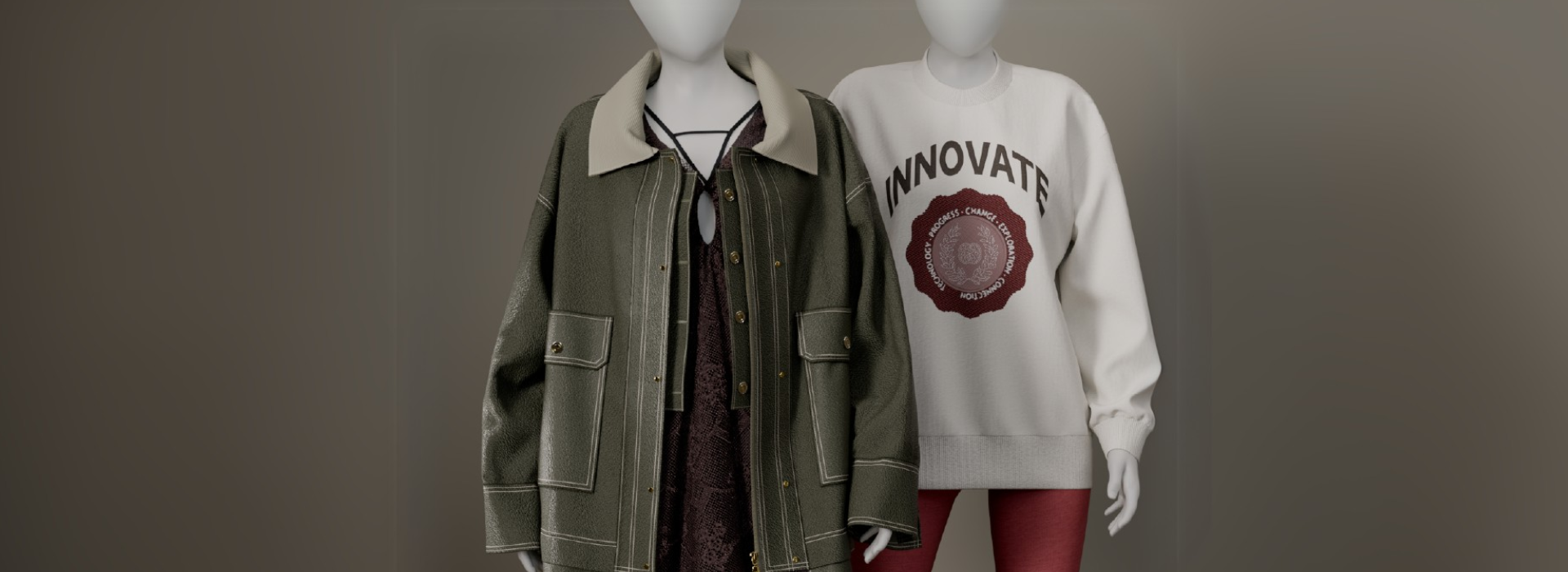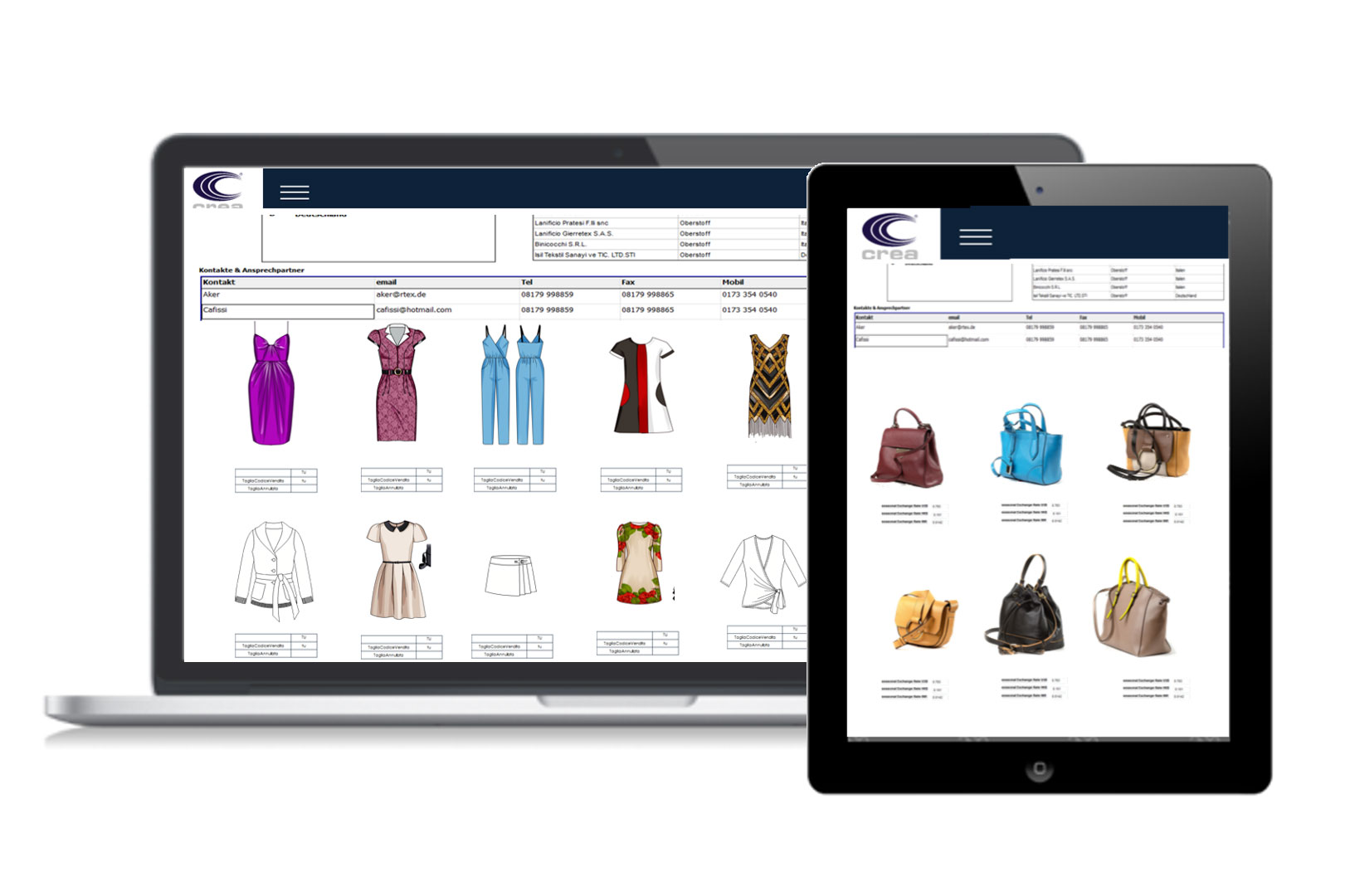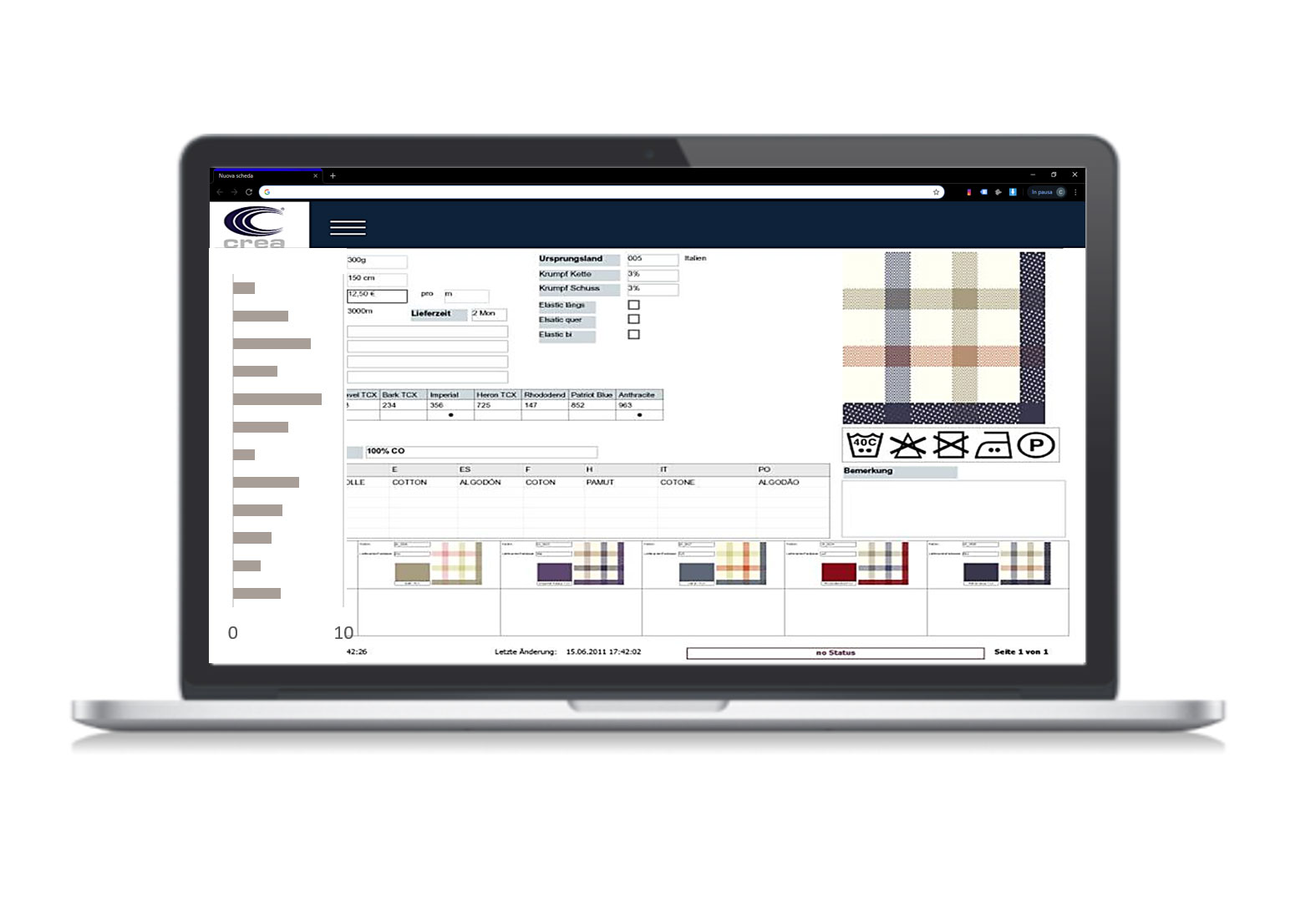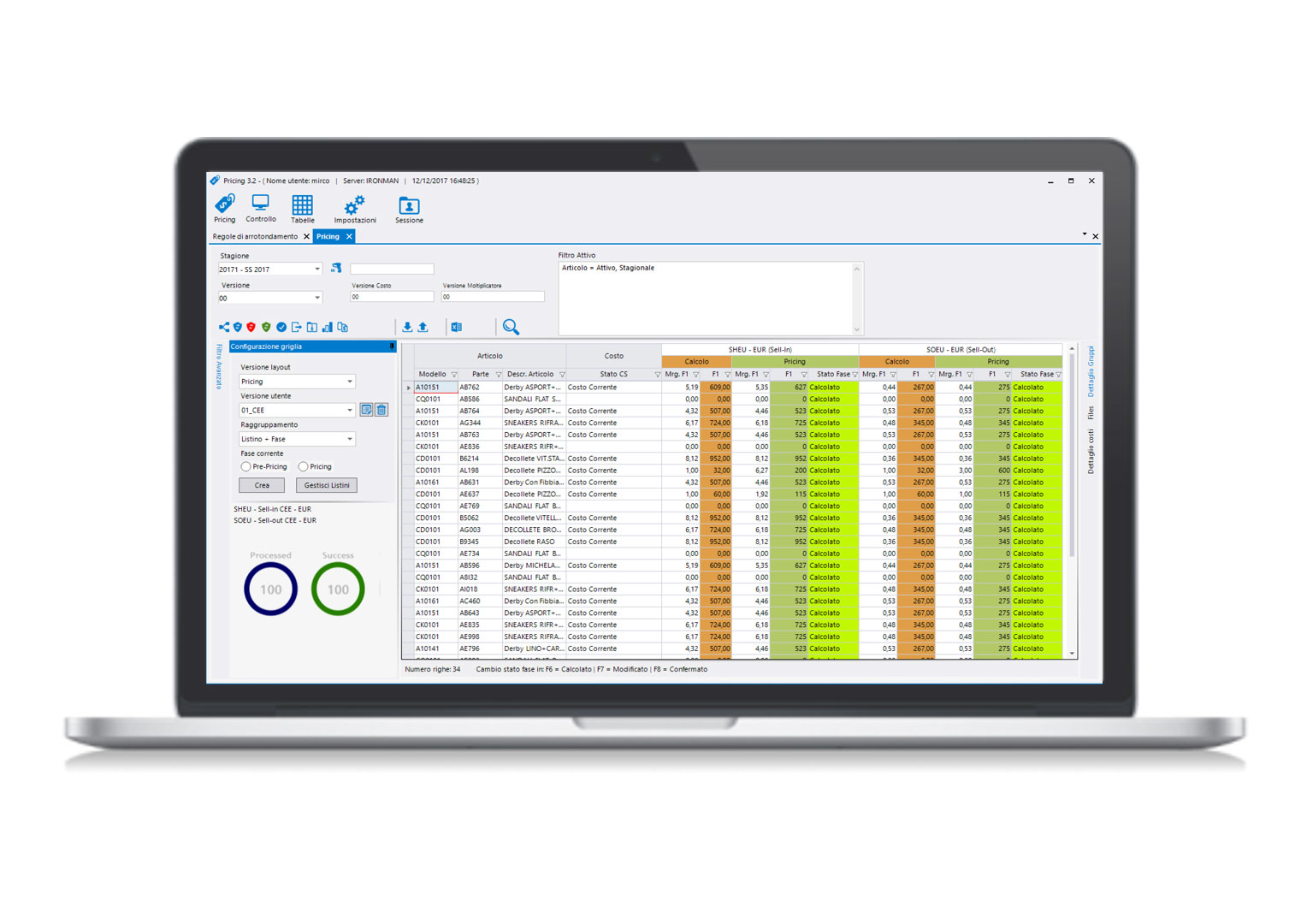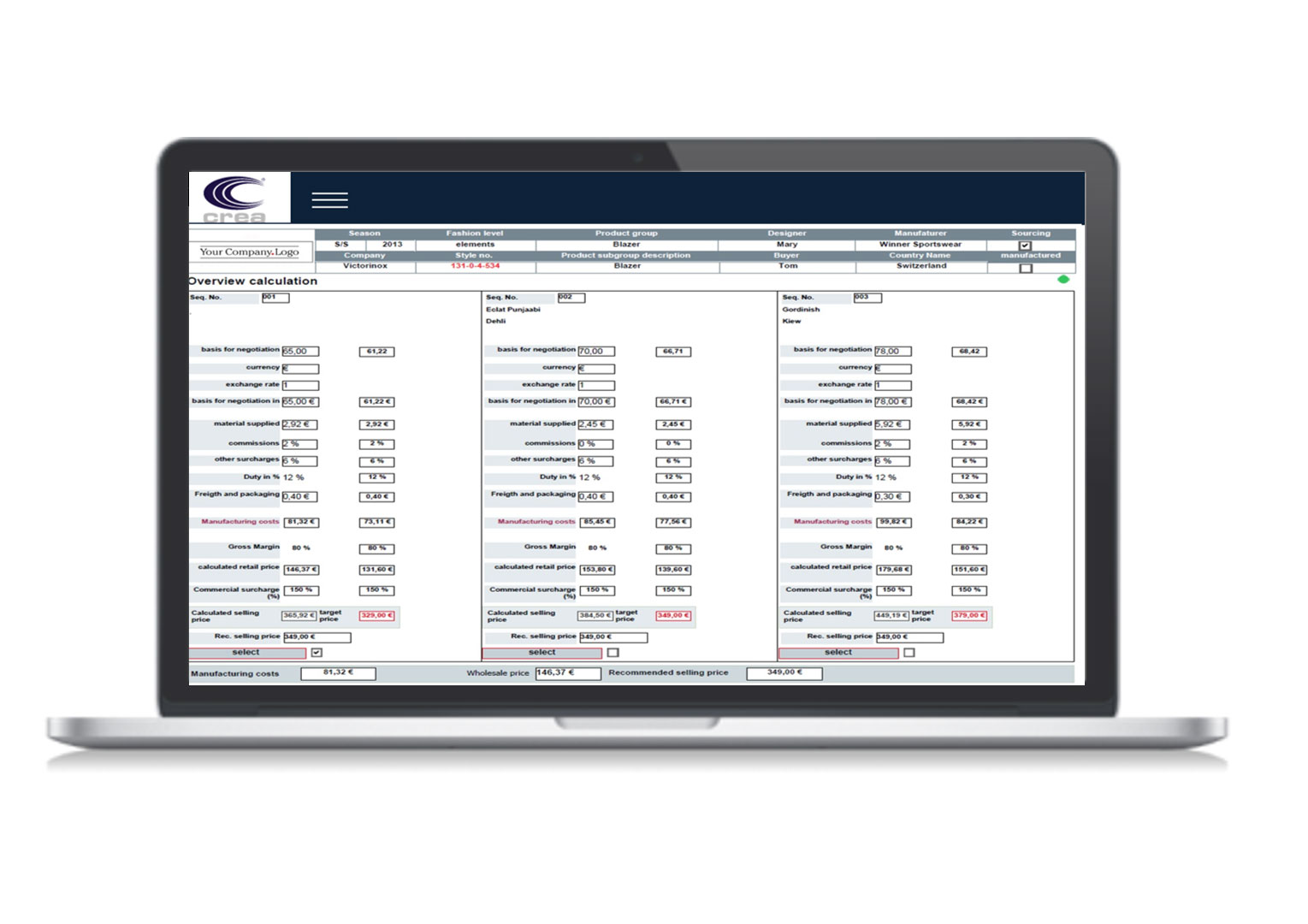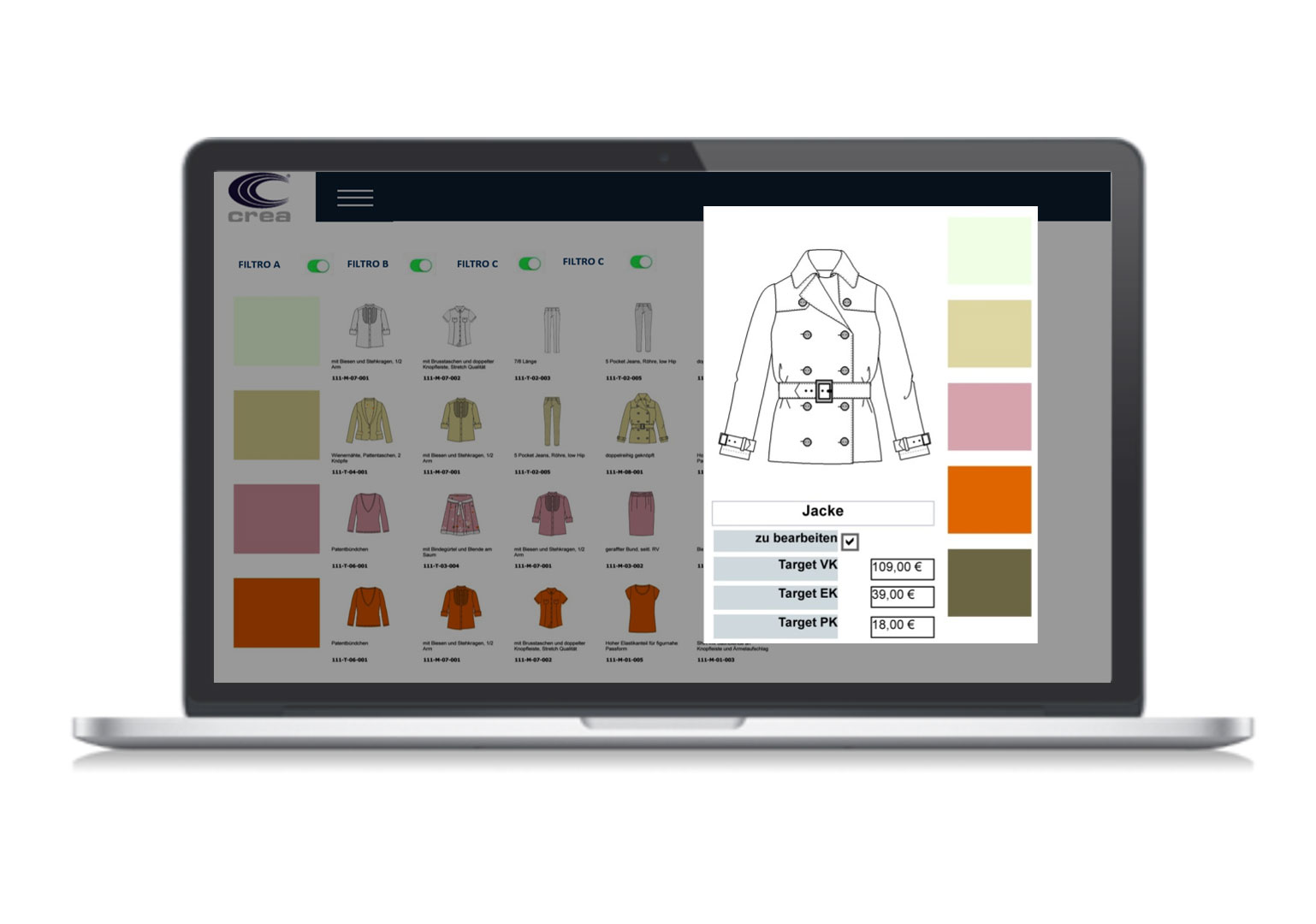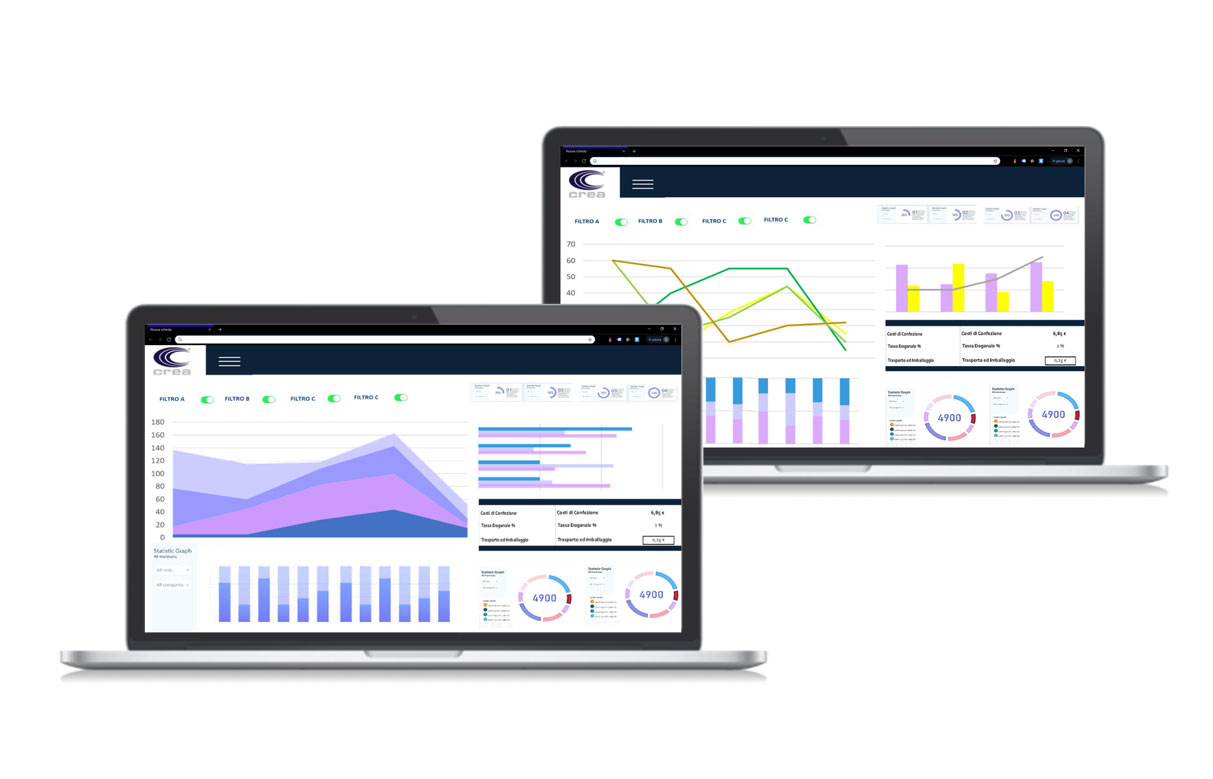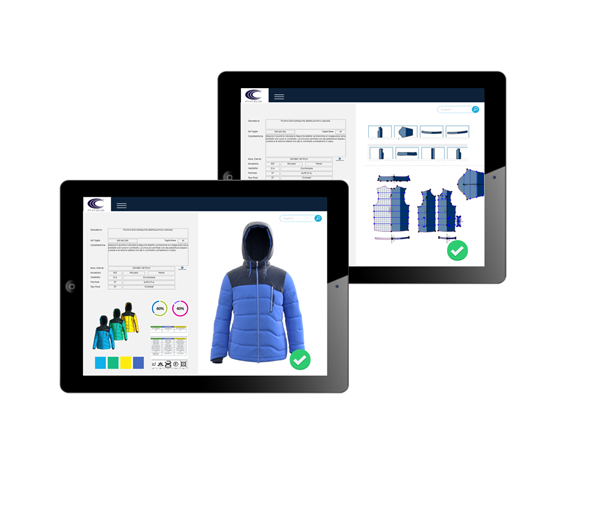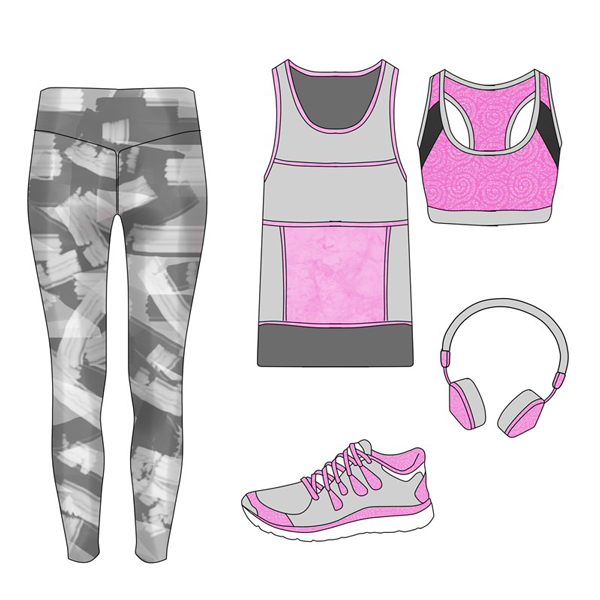3D Modeling Software for Apparel: Key Benefits
3D modeling software is transforming the apparel and luxury industry, redefining product development, pattern creation, fitting, and much more. Thanks to 3D design software, the industry is undergoing a groundbreaking revolution, bringing significant benefits in terms of time, cost, and environmental sustainability.
The Role of 3D Modeling Software in Apparel
Using 3D modeling software allows designers to simulate fabric appearance and behavior with extreme precision, from folds to how garments fit on a moving body. This approach not only enhances the quality of designs but also accelerates the development process, reducing time-to-market by weeks or even months.
Leading brands have already adopted 3D modeling software solutions to optimize design and production, setting a growing trend that is quickly becoming an industry standard.
The Impact of 3D Modeling Software on E-commerce
E-commerce is one of the sectors benefiting most from adopting 3D modeling software. Thanks to augmented reality and immersive simulations, customers can preview garments in a highly realistic way, enhancing their online shopping experience. This not only strengthens brand engagement but also increases conversion rates and reduces return rates.
Additionally, designers can create and share photorealistic images of their products without waiting for physical prototypes. This speeds up the process, making the entire system more efficient and cost-effective.
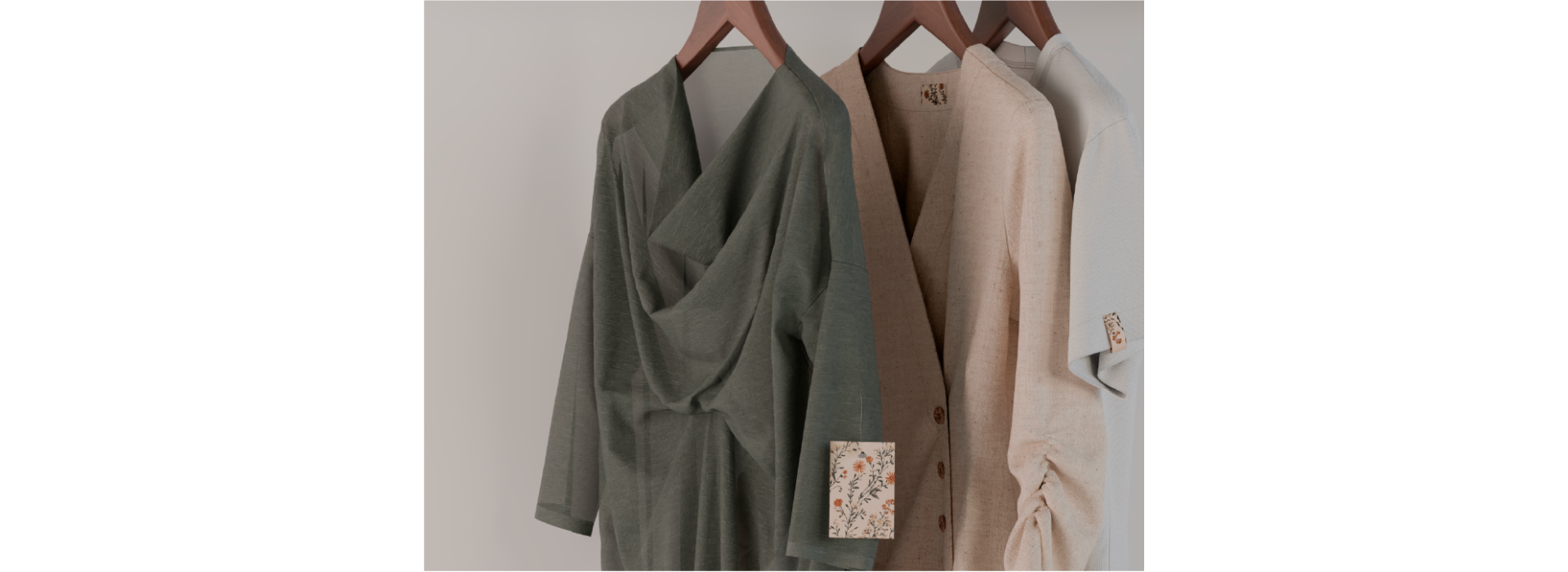
Explore the potential of 3D modeling software and revolutionize the way you create fashion! CLICK HERE to contact us to learn more.
Key Benefits of 3D Modeling Software
- Reduced development time: Digital simulation allows designers to test multiple iterations in less time.
- Lower costs: Reduced need for physical prototypes lowers production costs.
- Improved online shopping experience: E-commerce benefits from realistic garment previews.
- Sustainability and waste reduction: Eliminates fabric waste and reduces the environmental impact of prototyping.
- More precise fitting: Accurate simulations ensure optimal garment fit.
Sustainability: A Greener Future for Fashion with 3D Software
One of the most significant aspects of 3D modeling software is its ability to make prototyping more sustainable. Digital design reduces fabric waste, limits CO2 emissions from transportation, and eliminates unnecessary physical samples.
Fit and Realism: The Future of Fitting with 3D Software
Another key innovation of 3D modeling software is the ability to test garment fit in real-time through digital simulations. 3D software enables designers to analyze how a garment fits and moves on a virtual model, providing immediate and precise feedback. This drastically reduces the need for adjustments and improves production accuracy.
The integration of 3D modeling software in the apparel industry is not just a passing trend but a true revolution that is already reshaping the sector. From reducing development time to enhancing sustainability and improving the online shopping experience, 3D technology is transforming how garments are designed, presented, and sold.
Companies that embrace this technology will gain a significant competitive advantage, stepping into a future where innovation and sustainability go hand in hand. Are you ready to join the 3D modeling software revolution?




